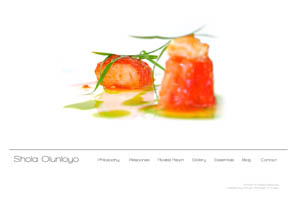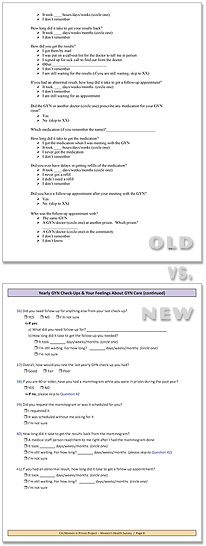 One of the most important goals of graphic design is to facilitate communication. I am surprised when people don’t recognize this fact. (Cough, cough, my dad, when I was describing this project to him!)
One of the most important goals of graphic design is to facilitate communication. I am surprised when people don’t recognize this fact. (Cough, cough, my dad, when I was describing this project to him!)
My sister, Tamar, runs a non-profit in New York City called the Women in Prison Project at the Correctional Association of NY. The CA has been around since the 1860’s, and has a mandate and a right, written into the NY State consitution, to monitor conditions in New York State prisons.
Tamar’s work focuses on the women’s prisons in the state, and in addition to inspecting and monitoring the prison conditions, her group also coordinates advocacy groups, lobbying efforts and re-entry programs.
Monitoring conditions in prisons, and reporting the findings, is a slippery slope. Physical visits to prisons need to be coordinated well in advance, and, like any inspection, a lot of “tidying up” will happen before the inspectors arrive. (Think cleaning up your house before a dinner party.) The resultant inspection will most likely find things in different state than they normally would be (Heisenberg’s uncertainty principle’s observer effect applies).
So Tamar decided to also gather data on prison conditions another way — by asking questions of the inmates themselves.
She enlisted me to help transform her pages upon pages of questions into something the inmates would want to pay attention to, something they might even view as fun, and not become bored with. We worked hard to create documents with enough color, whitespace, consistency and clarity to elicit a large and accurate response.
We’ve created a few different surveys by now, on general prison conditions, on reproductive health issues and more, that have been sent out to all incarcerated women in New York State, and the response has been very good.
I learned quite a bit about graphic design of surveys doing this, but also a lot about design in social communication — how to craft each question, in what order to ask them, how not to be leading towards a certain answer, and how to view questions as your target audience would. This can be helpful in business situations just as well.
Check out one of our finished surveys here, if you wish.
Like this:
Like Loading...
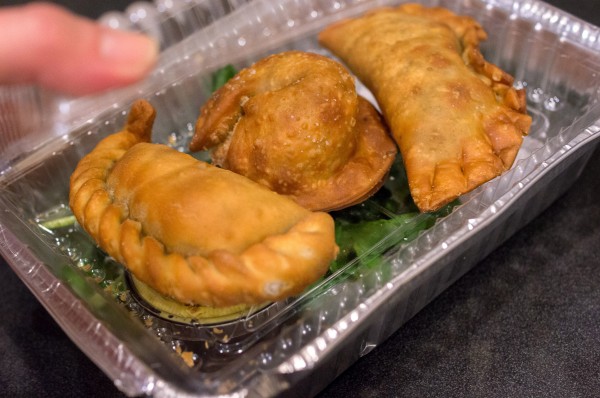
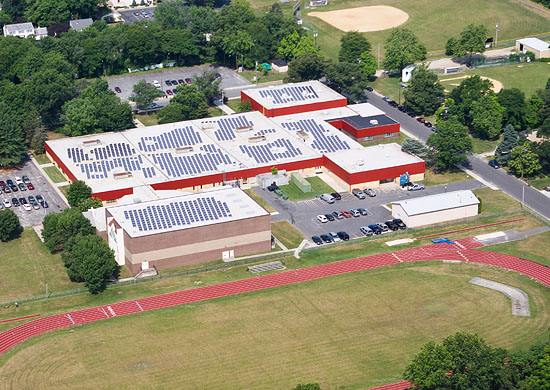 We recently had the opportunity to do an
We recently had the opportunity to do an 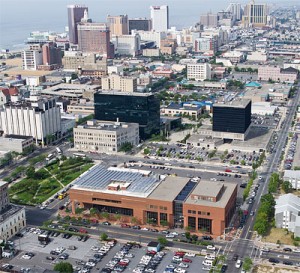 Photo-voltaic cells are arranged in solar panels that live on rooftops and are
Photo-voltaic cells are arranged in solar panels that live on rooftops and are 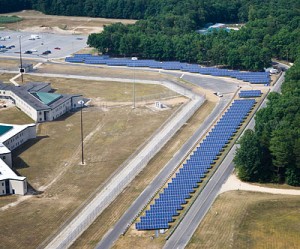 also cost-effective, greatly reducing electric bills.
also cost-effective, greatly reducing electric bills.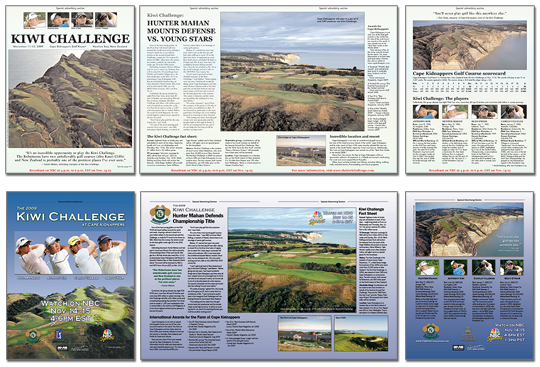
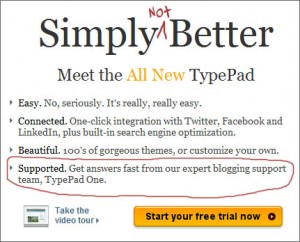
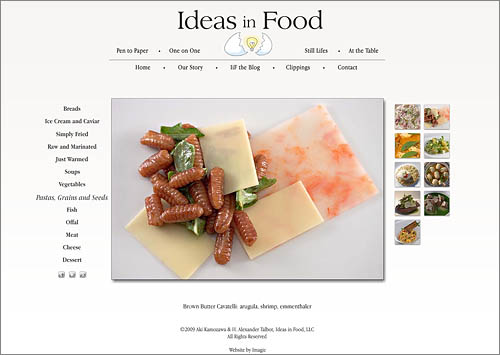
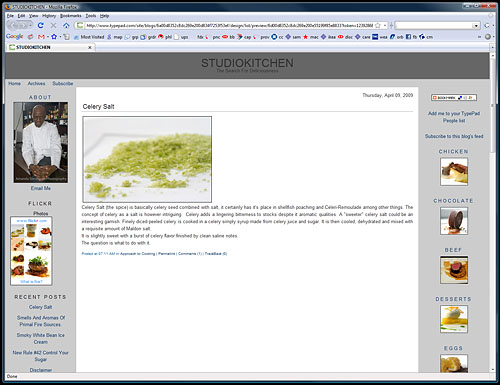
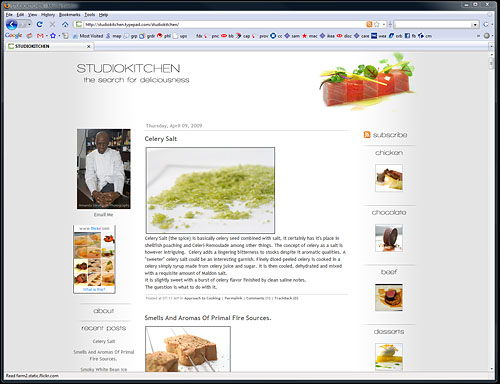
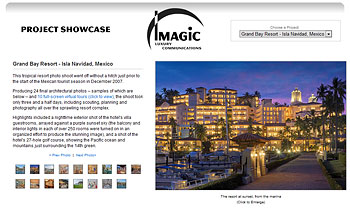 I am moving this post here from an old blog I started a few years back which has lain dormant for a while. The one post that did garner a bunch of attention was the Adobe Bridge script I cobbled together to automate creation of the XML needed to use the
I am moving this post here from an old blog I started a few years back which has lain dormant for a while. The one post that did garner a bunch of attention was the Adobe Bridge script I cobbled together to automate creation of the XML needed to use the  One of the most important goals of graphic design is to facilitate communication. I am surprised when people don’t recognize this fact. (Cough, cough, my dad, when I was describing this project to him!)
One of the most important goals of graphic design is to facilitate communication. I am surprised when people don’t recognize this fact. (Cough, cough, my dad, when I was describing this project to him!)